"Essential questions are, ask Grant Wiggins defines, “‘essential’ in the sense of signaling genuine, important and necessarily-ongoing inquiries.” These are grapple-worthy, substantive questions that not only require wrestling with, but are worth wrestling with–that could lead students to some critical insight in a 40/40/40-rule sense of the term."
Get Started for FREE
Sign up with Facebook Sign up with X
I don't have a Facebook or a X account
 Your new post is loading... Your new post is loading...
 Your new post is loading... Your new post is loading...

EduClick_España's comment,
June 27, 2013 9:13 AM
as an assessment addict, i just love this post;) Thank you so much and congrats!

Louise Robinson-Lay's comment,
June 27, 2013 5:47 PM
Thanks for your comment. It is a useful article :)

EduClick_España's curator insight,
December 8, 2014 12:09 PM
"Teachers regularly pose questions to their students, but the purpose and form of these questions can vary widely. This book is about a particular kind of question—one we call "essential." So, what makes a question "essential"? Let us begin by engaging you in a bit of inquiry using the following concept-attainment exercise to examine the characteristics of an essential question. The exercise has three parts, as explained in the next several paragraphs."

Patrice Bucci's curator insight,
September 29, 2013 7:00 PM
So true... I cringe when I am in classrooms with the packaged program "essential question" of the week on the board...and very often those "essential questions" lack cognitive clarity for the students 
Mary Reilley Clark's curator insight,
January 8, 2014 1:33 PM
A great summary of why questioning still matters. We've been talking about metacognition a lot this year in the library. Learning how to develop questions is a large part of learning how you learn and think. 
Stacey Jackowski's curator insight,
February 19, 2014 8:20 PM
This quote is so true. Learning how to ask essential questions is a skill that we can carry with us for the rest of our lives and facilitates a lifetime of learning. |

Sue J Wilson's curator insight,
November 25, 2013 10:32 AM
"...in practice, curriculum maps are almost always not the “living, breathing” documents experts like Heidi Jacobs Hayes promote. They are instead very dead things—lifeless prisons of content to be covered, and boxes to be highlighted...For a curriculum map—or any planned learning experiences—to be vital—and vitally useful—they must be adaptive and circular rather than rigid and linear. ...they must encourage students to continue their pursuit of understanding and self-knowledge." 
Roberta Orlando's curator insight,
November 26, 2013 9:01 AM
Interesting food for thought...worth reading ;)
Sue Ann's curator insight,
May 29, 2013 4:13 PM
I loved the Unit Overview sheets, and how students rate their mastery of the objectives. 
LeeAnn LaSota's curator insight,
July 20, 2014 9:06 PM
This may not be tech, but it fits perfectly for the new interactive text books!

Arthur JACQUEMIN's curator insight,
February 12, 2013 4:41 AM
Quelques schémas et explications bien sentis... |



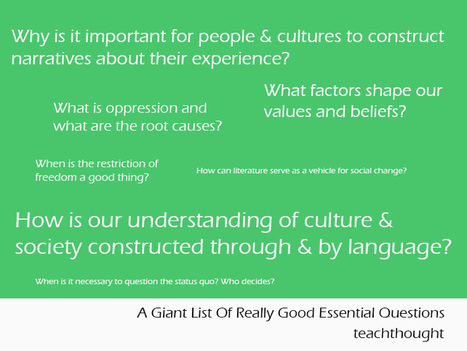

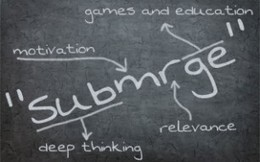
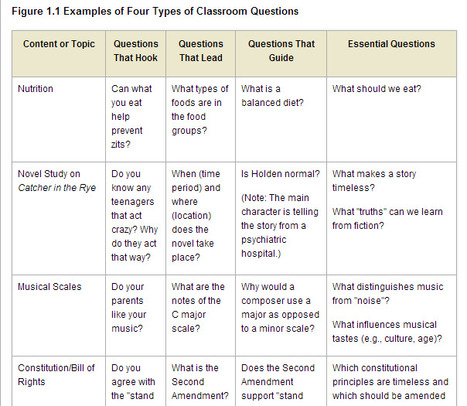






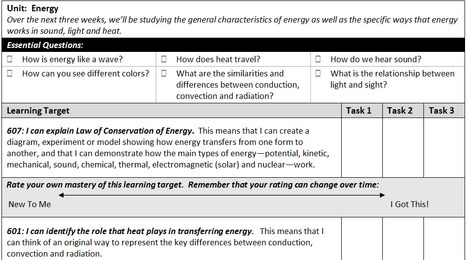
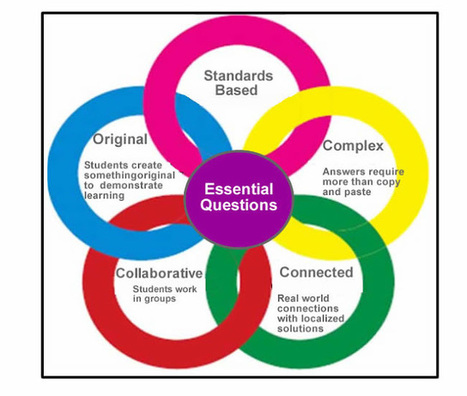

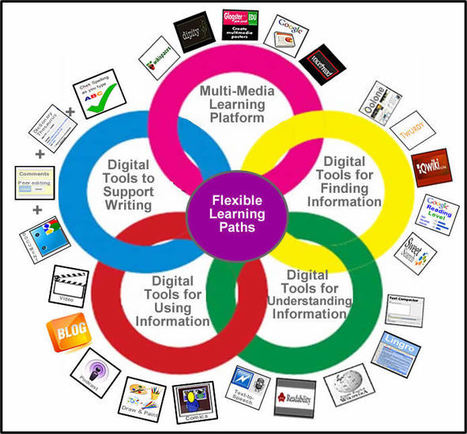






If you are looking for a long list of essential questions this post may be just what you are looking for. There are over 100 essential questions divided into 20 categories. Some of the categories include:
* Social Justice
* Culture: Values, Beliefs & Rituals
* Constructing Identities
* Heroes and "She-roes"
* Nature in the Balance
* Our View of the World and Ourselves
Have fun exploring this extensive list. Be aware that the focus is Humanities and the Arts. If you find it useful and would like to see more that promote STEM inquiry make sure to leave a message in the comment section at te@chthought.